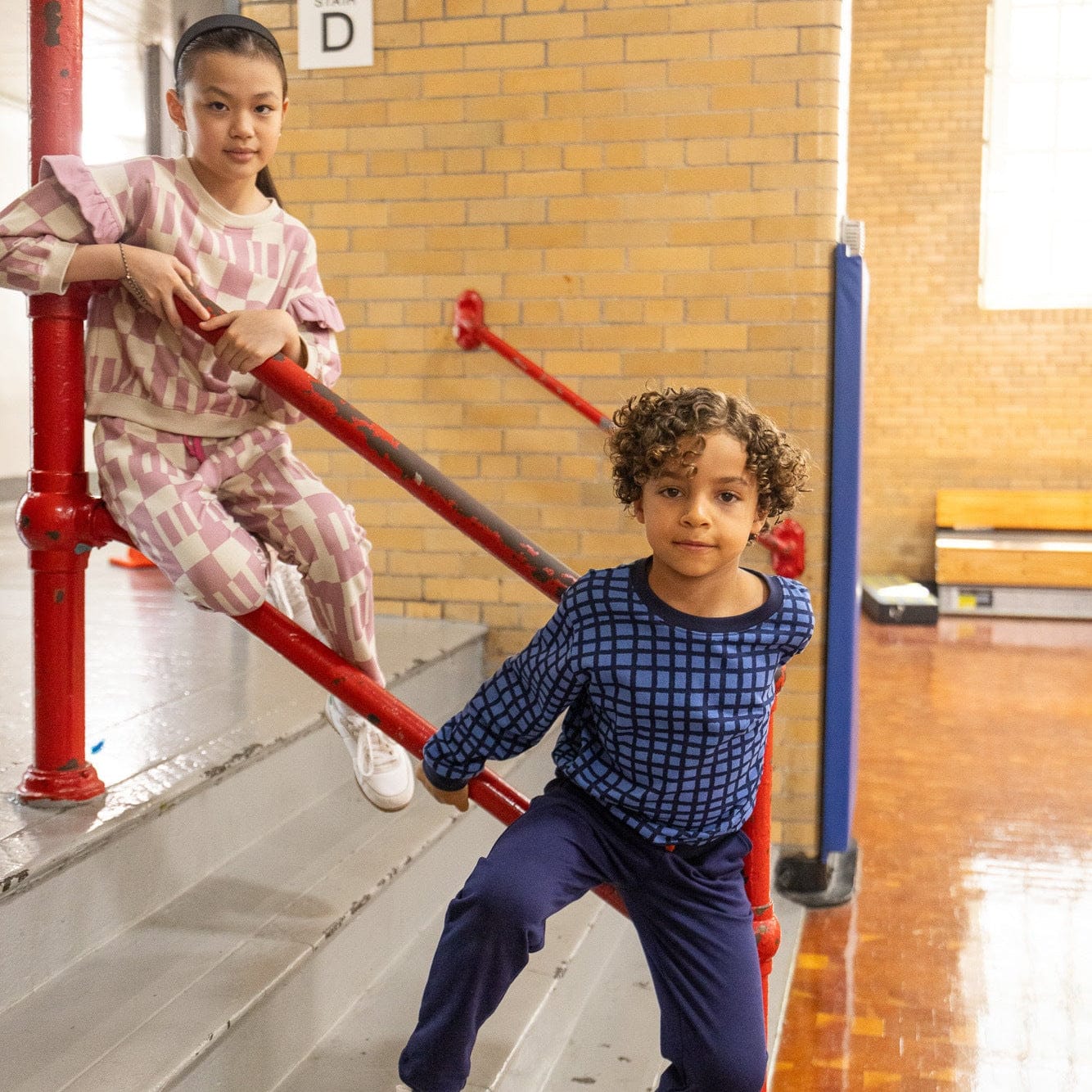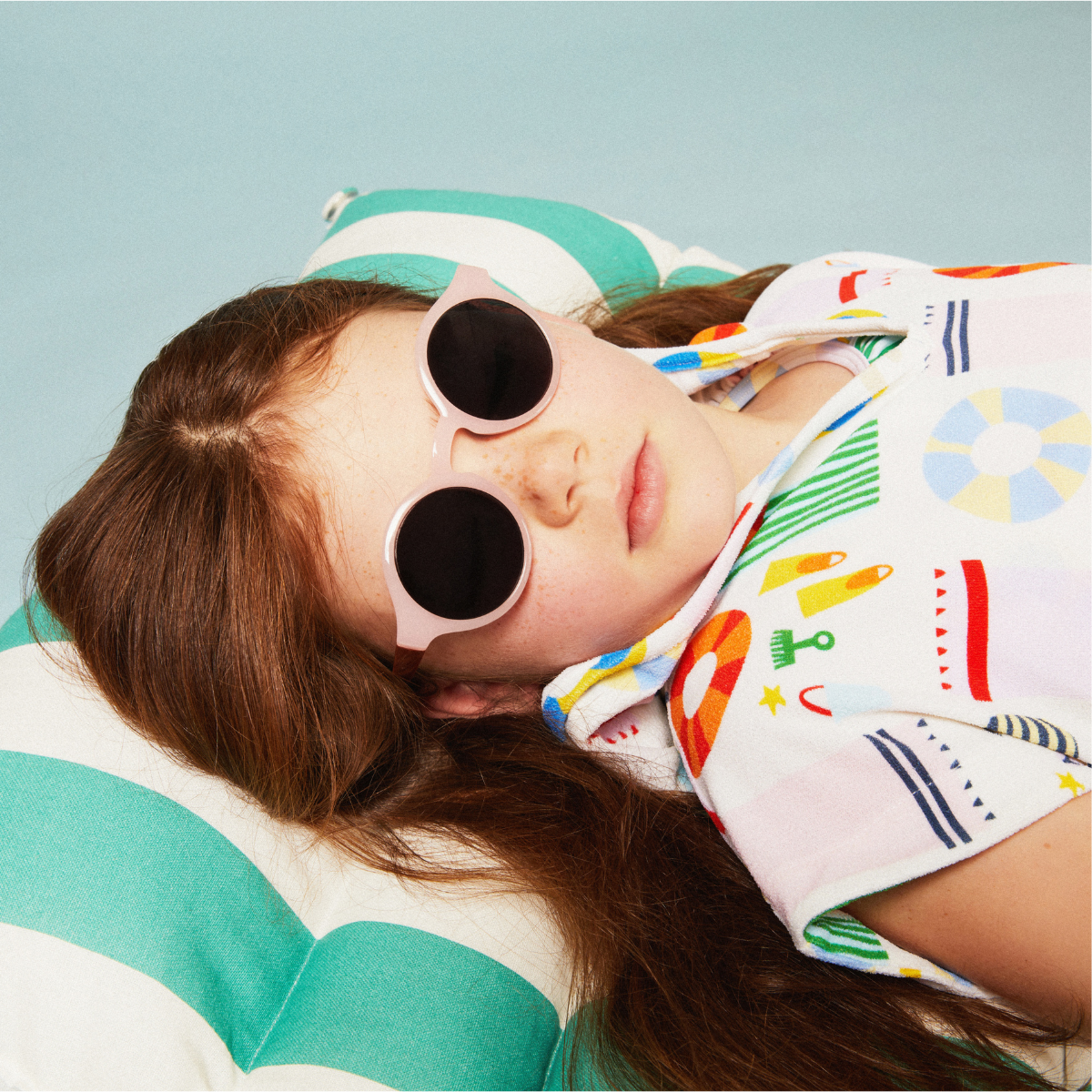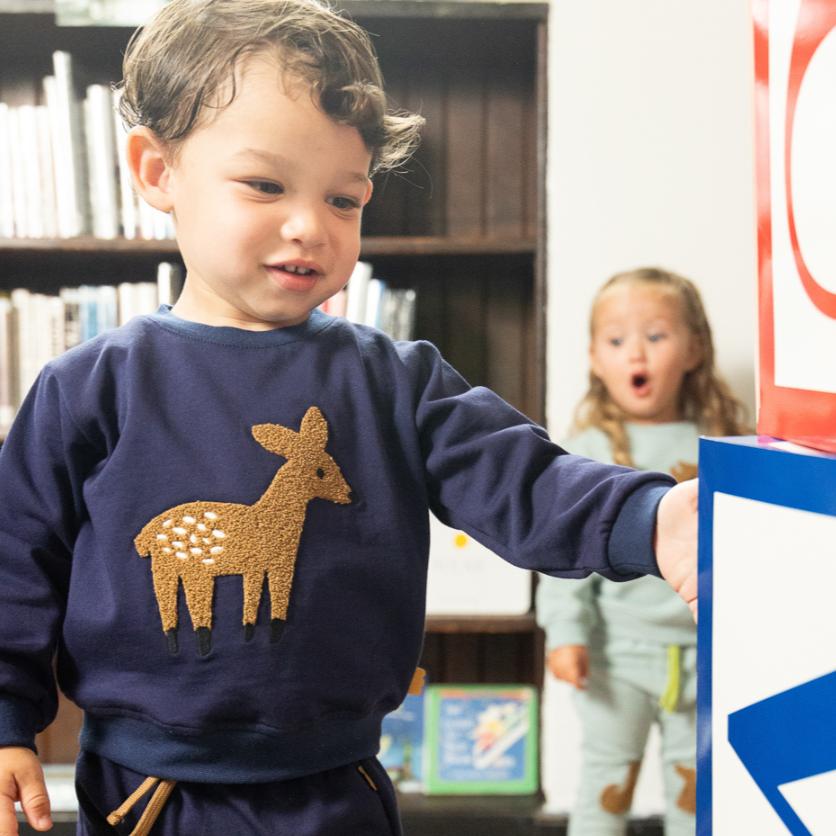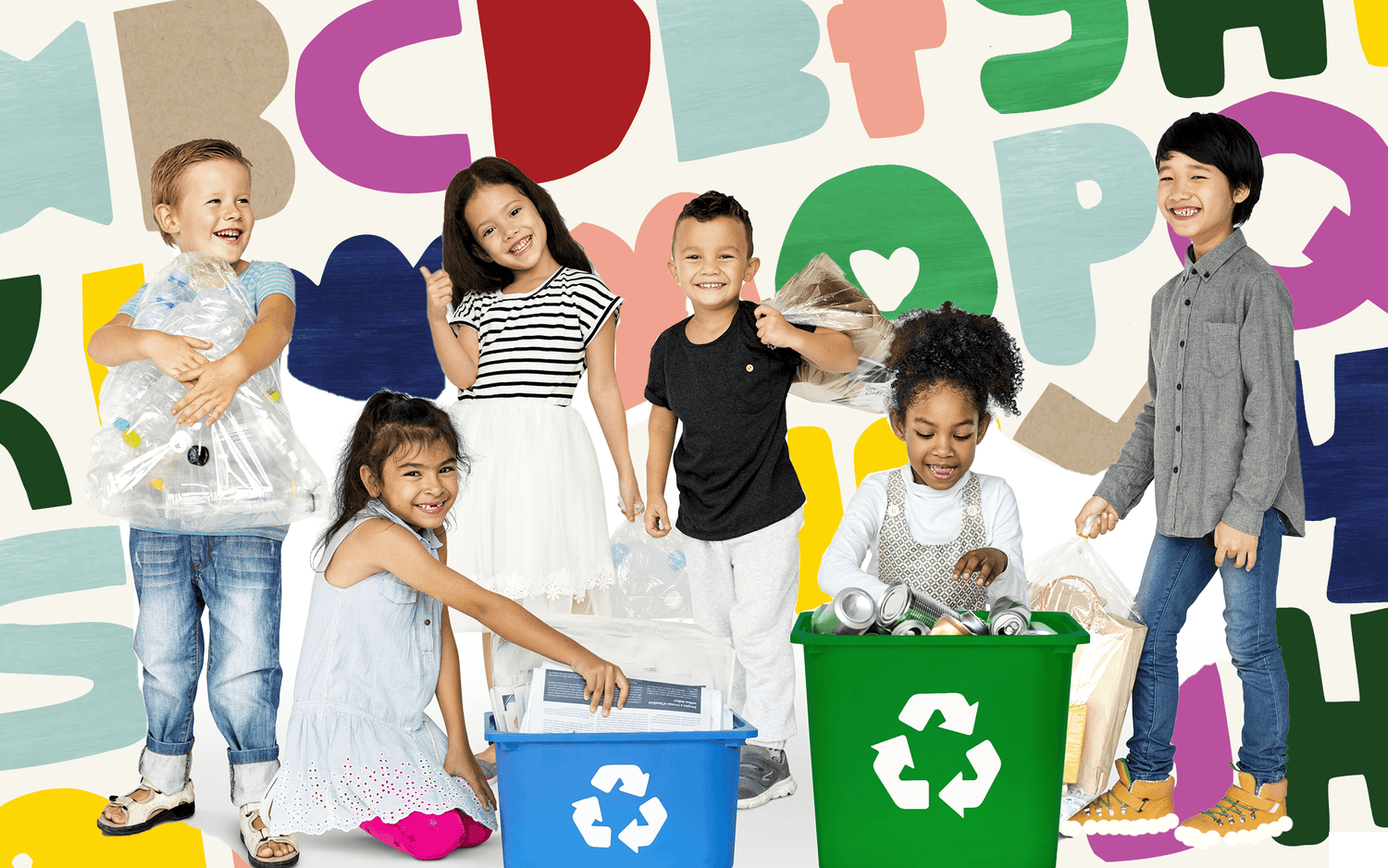Taking care of our environment is essential. It is vital for our day-to-day, but it is also crucial in affecting the environment in which our children and our children’s children grow up. If we want our children to have clean water and land resources, we have to start teaching our children the importance of recycling, refusing, and reducing.
Kids’ minds are like dry sponges, just waiting to hit the water. That’s why it is imperative to instill good habits and practices in your kids early on. This is especially helpful when teaching your kids how to love, care for, and respect our planet, a crucial need for ensuring a healthy future for the generations to come.

Recycling isn’t just a hobby, it should be a way of life, and for it to make an impact, it needs to be adopted into everyday living. That way, it becomes second nature.
Today, we’ve pulled together some of the best ways to get your kids involved in the process of recycling so that it can become a lasting process in their lives and an essential aspect of caring for their future.
Here are six easy ways to get you and your kids started recycling together for a brighter future.
Step One: Educating on the Three Rs
When it comes to recycling, it is not as simple as separating your paper, plastics, and glass. You should also teach your kids to use the three Rs when it comes to recycling, and you should practice these together at home and when you are out or even at a friend’s home.
Reduce — Being mindful of consumption. Simple acts like bringing your own shopping bags to the store or using a washable towel over paper towels can make a big difference. Learning to turn the water off when you aren’t actively using it, like when brushing teeth, can also reduce your reliance on single-use products and non-renewable resources.
Reuse — This can be as simple as finding a new way to use a cardboard box that something you purchased came in or investing in reusable containers and straws over disposable plastic ones. Save resealable plastic and glass containers that can be used again to store other food items or even organize different things around the house. Turn an old soda bottle into a pencil holder or use cereal boxes to hold important folders or magazines.
Recycle — Always read the recycling numbers on the items you purchase and know which types of plastics and glass can be recycled locally and where. You can even recycle some items like used batteries, old paint, and building materials locally. All you have to do is research.
Step Two: Putting Together a Recycling Plan
Research where, when, and what kind of recycling your town offers. Print out an aerial map image of your town and have your kids find and mark your city’s recycling locations on the map. Create a key that tells you that address, days/hours of operation, what kinds of items they recycle, and if it is free or costs a small fee.
Step Three: Setting Up Your Recycling Area

A recycling area doesn’t have to be huge, but it does depend on how often you will be able to take out your recycling or if it is picked up each week at home.
To set up your recycling area, reuse some cardboard boxes. You can wrap them in old newspaper or comic strips to decorate and hot glue on scrap pieces of paper and cut-outs from magazines to depict each box’s use.
Make sure you create an easy-to-read label for which plastics or items are contained in the box. Make sure they are items that can be recycled together without additional sorting. If they need to be sorted separately, be sure to create a space for the separations. That way, it’s easy to make sure it gets to the right place.
Step Four: Making Signs Together on How to Reduce Consumption
It is easy to create lasting reminders, or “anchor charts,” that will build better reduction habits around the house and on the go. Scour magazines for positive images and create a reduction zone around the house. Some great examples of reduction zones and the types of signage or posters you and your kids can make together are:
- Reusable Bag Zone — Create a space near the door you use most frequently as your exit for your reusable bags. Install a hook and create a sign that states in large letters so you don’t forget your grocery bags on your way out! You can also create a space in your trunk where you keep your reusable bags.
- Reduce Consumption Zone — Creating little reminders near the faucet to remember to turn the water off while you are brushing your teeth or washing dishes is incredibly helpful for both adults and kids. Even if you don’t realize you are reading the sign, you are, and you are placing that reminder in your subconscious every time.
- Scrap Paper Zone — Create a scrap paper zone so you and your kids can drop off any underused scrap paper that can have a second or third life. Encourage your kids to use this paper to practice their drawing, letters, or painting by having them create signs around the “zone” with each technique on the scrap paper.
- Compost Zone — If you have the ability and space to compost in your home, set up a composting zone. Be sure to go over with your kids what can and cannot be composted. Grab some scrap paper and turn it into a Compost Key you can post near the area.
- Donation Zone — We all know how fast kids grow. They are continually hitting growth spurts and need to size up. It is important to purchase your kids’ clothing with their growth spurts in mind and set up a donation zone and a recycling zone. Lots of fabrics can be recycled to make new fabrics.
Some examples of fabrics that can be recycled once they are no longer fit to be passed along or donated:
- Spandex
- Wool
Teaching our kids that our clothes can be recycled once we can no longer sell or wear will significantly impact what ends up in a landfill. You can do the same research together to find out where you can drop off clothes to be recycled.
Some standard locations to look for clothing recycling:
- Goodwill Stores
- Salvation Army
- Anywhere there are stand-alone clothing drop boxes
- Check with local smaller thrift stores to see if they take donations
Step Five: Create an Interactive Worm Farm to Educate on Composting and Reusing
In the same idea as a composting zone, you can also make a worm farm. A worm farm takes composting to the next level and creates an environment for worms to help break down compost waste into dirt that you can use in a later project to grow a windowsill herb garden.
Keep in mind that there are some things that worms cannot break down. Here’s where you can get creative again and use a little bit more of that scrap paper to create a “Worm Farm Feeding Key” so everyone knows precisely what is good and what is bad for worms.
Step Six: Normalize Recycling
Make recycling a part of normal life. One of the most successful ways to encourage kids to recycle even after the initial interest and fun has faded is to make sure it is a part of everyday life.
A great way to do this is to get together every evening after dinner and sort the day’s waste into its respective recycling zone and scrape the food scraps into the worm farm or composting bin. This way, children see first hand how recycling and reusing is just a part of normal life and is just as important as putting away the clean dishes or folding laundry to be put away.
Normalcy also helps to make things feel less daunting and easier to accomplish. Soon your children will be scraping their plates to feed and check on the worms just as much as giving a treat to the dog, especially if it's unwanted vegetables after dinner!
Recycling Is Easy to Do Together
Recycling is more than just easy for kids. It is actually fun, especially when kids can see how recycling benefits their surroundings first hand.
Take a few of these tips or start at the top and work your way down. Not only will your kids derive tremendous satisfaction and meaning from learning these steps, but adopting these habits will make your whole household and community a better, greener, healthier place for many years to come.
Sources:
https://www.wonder.media/blog/why-the-recyclables
https://www.honestlymodern.com/simple-tools-to-teach-kids-about-the-importance-of-recycling/
https://www.weareteachers.com/21-ideas-big-and-small-to-bring-recycling-into-the-classroom/







Leave a comment
This site is protected by hCaptcha and the hCaptcha Privacy Policy and Terms of Service apply.